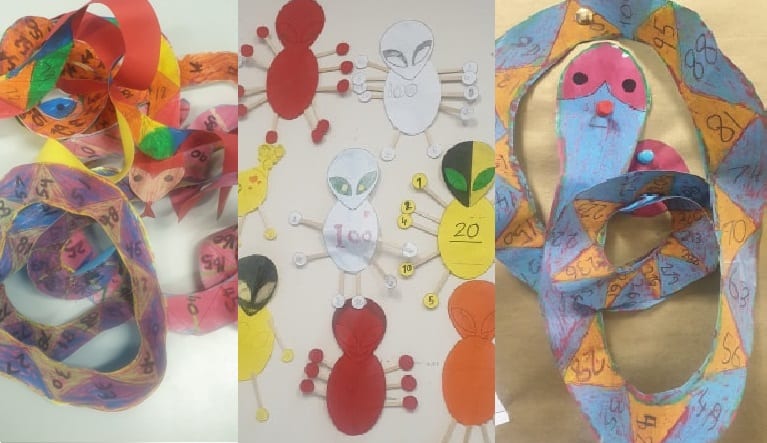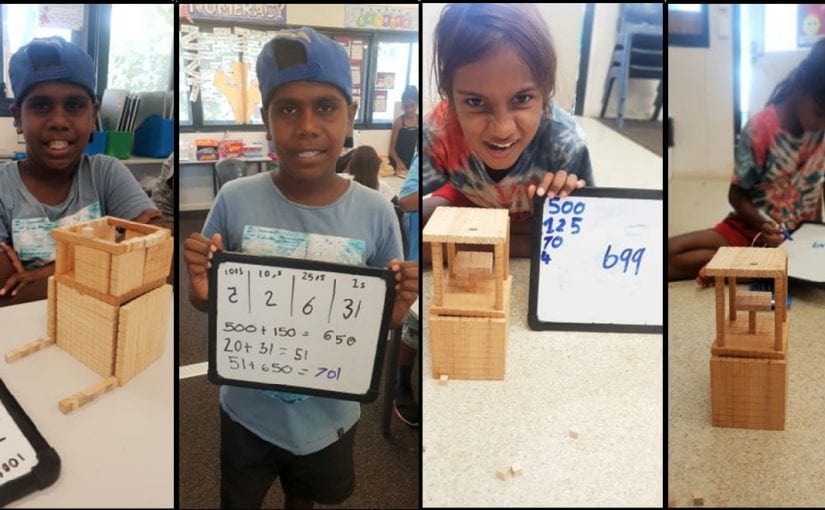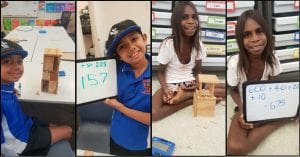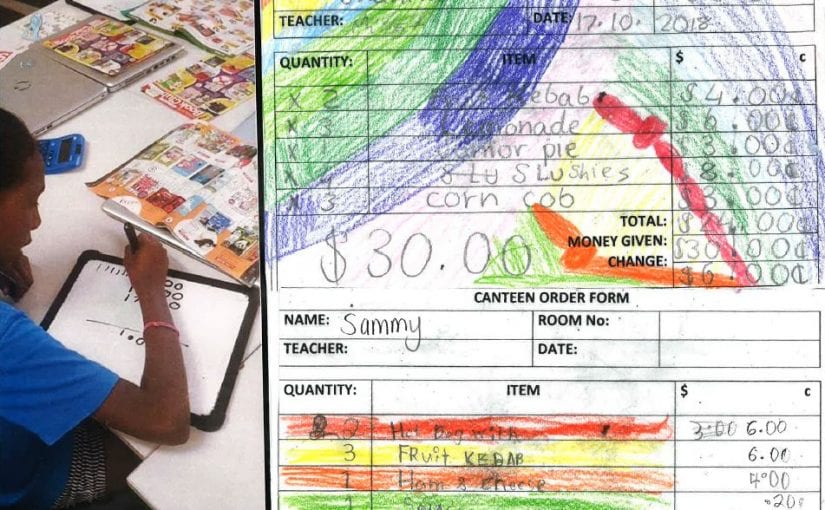Teaching math through art has been an excellent strategy to engage students in what can initially appear to be ‘dry’ concepts. The connection between the two is often overlooked when teaching math, but it has been reported it improves retention of key concepts.
Thus, our students have enjoyed challenging their inner ‘artist’ to complete two highly creative and hands-on STEAM activities that have challenged and engaged the learners in understanding the multiples and factors of numbers.
After students understood the underlying relationship between multiples and skip-counting, they were invited to create their own artistic versions of pattern snakes using various numbers aimed at challenging students to eventually identify patterns in the multiples of decimal numbers.
The students armed with their knowledge of contrast colours, a range of oil pastels and ink-dye wash created their beautiful pattern snake masterpieces.
In addition, students learnt that the factors of a number are numbers that can be divided without a remainder. For example, the factors of 6 are the numbers 1, 2, 3 and 6 & were able to get crafty and create these fantastic freaky factor aliens with plenty of arms and legs.




